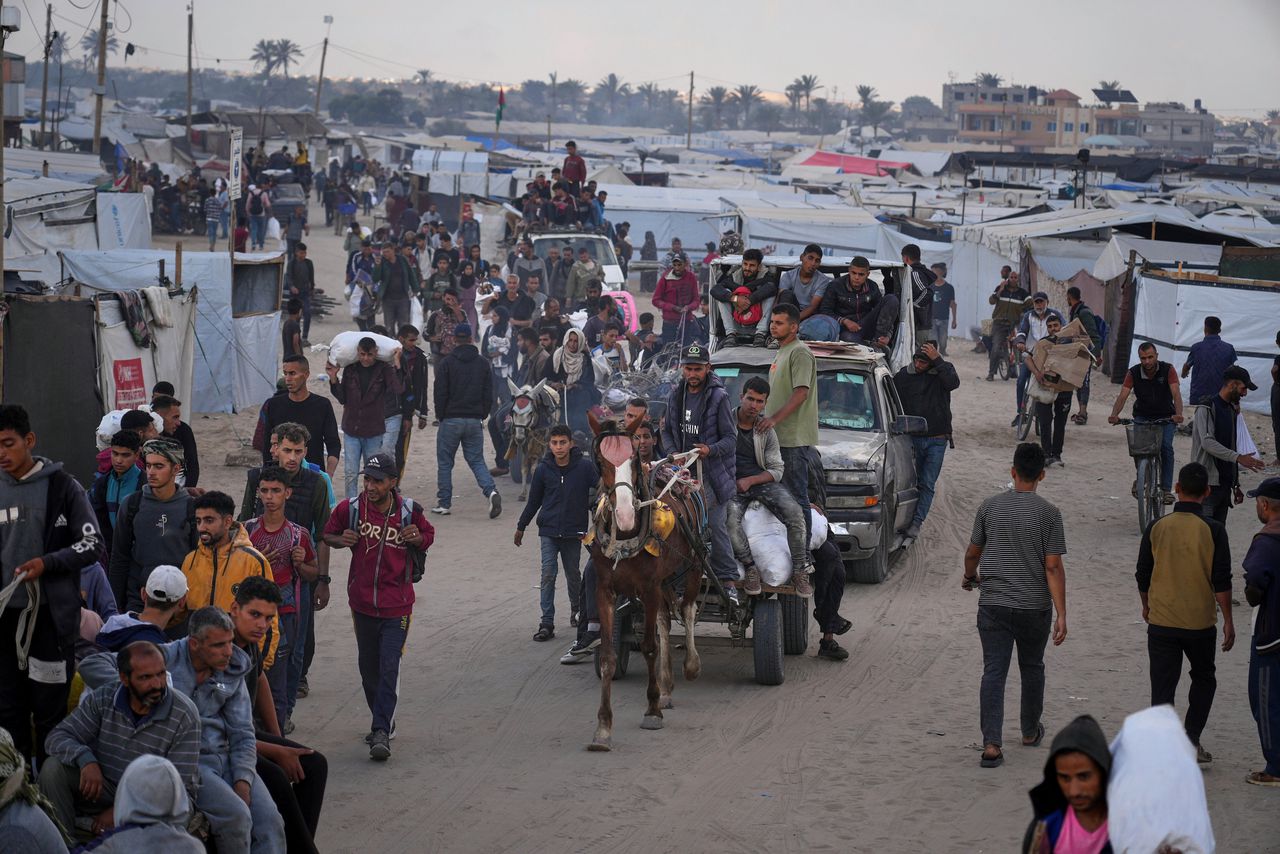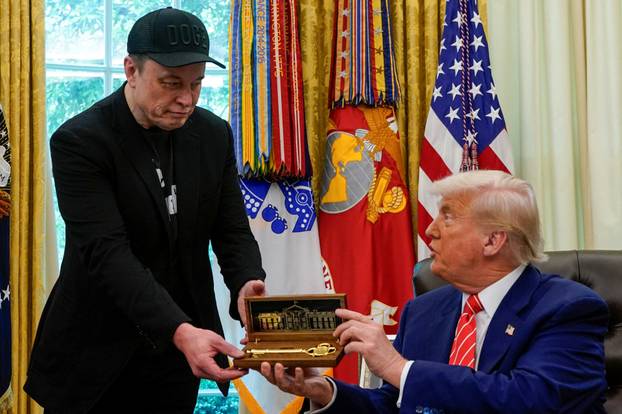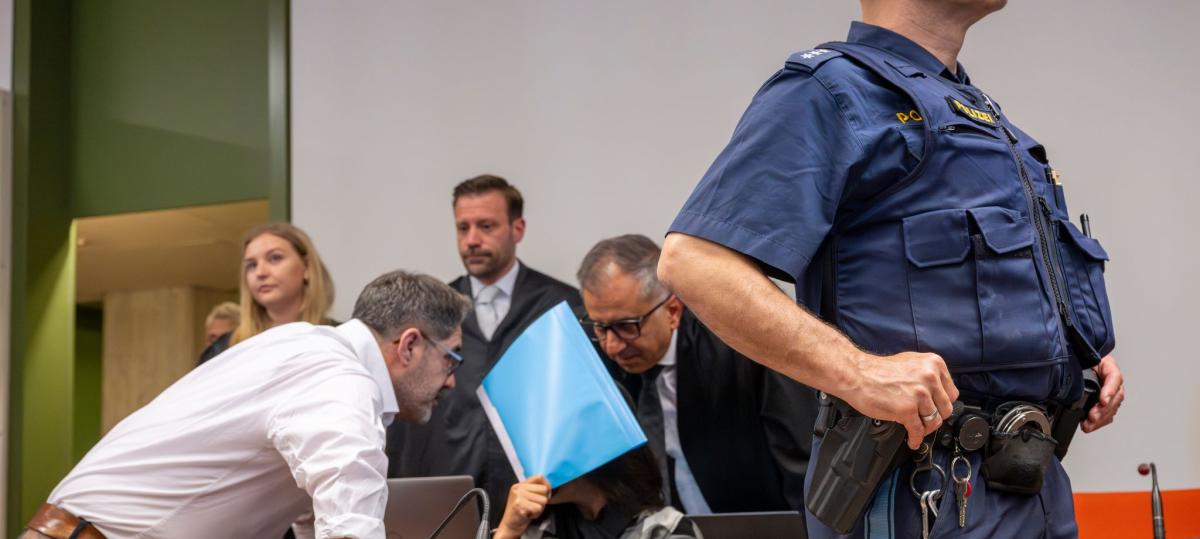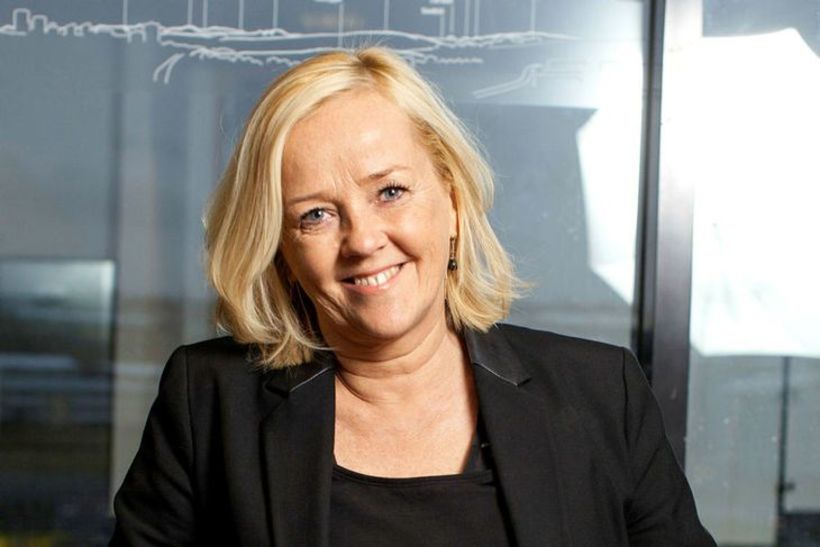Criticism of Israeli-American aid in Gaza is increasing, after deadly shelling
:format(webp)/s3/static.nrc.nl/images/gn4/stripped/data132978781-d1ca46.jpg)
At distribution centers in Gaza of the Gaza Humanitarian Foundation organization, dozens of Palestinians have been shot in recent days and hundreds were injured by shelling of the Israeli army. Six questions about the implementation of the Israeli-American plan for emergency aid in Gaza.
1 What is the Israeli-American plan for emergency aid?
Gaza Humanitarian Foundation, supported by Israel and the US, stems from an Israeli initiative. It is registered as a non-profit in Switzerland and works together with American security companies. At the end of May, GHF started the distribution of limited food aid in four distribution centers, near the southern city of Rafah and the Netzarim corridor under Gaza City.
This aid plan puts the existing aid structure out of Gaza out of game, with the UN as a former most important aid provider, in addition to various aid organizations. Before Israel set up a full blockade of humanitarian aid three months ago, the UN distributed help through around four hundred distribution centers in Gaza. Israel accuses the UN of bias and claims that goods ended up at Hamas, for which there is no evidence.
Since the beginning of March, thousands of trucks with help have been stopped on the border crossings with Gaza, which are stopped by Israel. The international food supervisor IPC reported in mid -May that the entire population has to deal with acute food insecurity, and 244,000 Palestinians are in the ‘catastrophic’ final phase of famine.
Auxiliary and human rights organizations have criticized the American-Israeli plan for Gaza and the GHF from the start. The aid serves only a small part of the approximately two million inhabitants of Gaza, makes emergency aid to weapon according to aid organizations, and is contrary to humanitarian principles.
2 What has happened in recent days at the distribution points of the Gaza Humanitarian Foundation?
On Tuesday morning, according to the Palestinian Ministry of Health and the Nasser Hospital in Khan Younis 27, Palestinians were killed by Israeli shelling of a distribution point for relief supplies in Rafah. The Israeli army, after earlier denial, admitted on Tuesday to Palestinians who approached the distribution point.
It is the third time that Palestinians were shot on the road to obtain food aid at the four distribution centers of the GHF. On Sunday, dozens of Palestinians were killed and hundreds were injured. Part of the wounded was admitted to the Nasser Hospital with heavy shot wounds. Patients told employees of Doctors Sans Frontières that they had been shot at from all sides by the Israeli army. On Monday morning, three Palestinians were killed and dozens were injured at a distribution point in Rafah.
The auxiliary stations of GHF will remain closed on Wednesday, Reuters news agency reported on the night from Tuesday to Wednesday based on information from a GHF spokesperson. The aid organization says it is in conversation with the Israeli army about improved safety measures at the auxiliary stations. Earlier in the night, the Israeli army advised Gazans to go to the emergency aid posts on Wednesday. According to the army, these locations are ‘combat zones’.
Read also
‘The only way to prevent these looting is to flood with help by Gaza’
3 How do international authorities and aid organizations respond to the shelling at the auxiliary distribution places?
Secretary-General of the UN, António Guterres, said To be ‘shocked’ on Monday that Palestinians were killed and injured in the auxiliary distribution points. « It is unacceptable that Palestinians venture their lives for food, » said Guterres. He demanded an independent investigation into the shelling.
« The ‘help’ by the GHF does not earn that name. The distribution points force Palestinians to collect at places where the Israeli army wants them. They actively contribute to forced relocation and ethnic cleansing, » said Karel Hendriks, director of Doctors without Borders, on 1 June. « This is not help, this is control and violence disguised as humanitarian action. »
The shelling follows on warnings from these organizations that it is dangerous for Palestinians to go to the distribution points via military zones. Moreover, according to critics, the aid plan contributes to the further expulsion of the Palestinian population to increasingly smaller pieces of territory. In the midst of the constant Israeli blockade, it will only be possible to survive near the four distribution points.

4 What do the GHF help packages consist of?
Especially from dry food. Al Jazeera correspondent in Gaza Hind al-Khoudary described Last week from which a typical box with relief supplies consists of: four kilos of flour, a few bags of pasta, two cans of beans, a pack of tea bags and cookies. Other food packages contain lentils and small amounts of soup.
There are no products such as soap, water or medicines in the packages. Because electricity and water are hardly available in Gaza due to the Israeli blockade, the products supplied are not or difficult to use for many Palestinians. It is « impossible to cook dry food in Gaza – including lentils, rice or even pasta – without water, » said correspondent Tareq Abu Azzoum to Al Jazeera.
5 What is the future of the GHF?
Certainly after the shelling at the distribution centers of the past days, the question is whether the GHF will last for a long time. The UN and international aid organizations refuse to cooperate in the militarized auxiliary distribution. The GHF also has internal unrest. On 25 May, just before the start of distribution, GHF director Jake Wood boarded because, according to him, the organization does not meet humanitarian principles. The Boston Consulting Group, an American company that was hired for the planning and implementation of the auxiliary distribution, has its collaboration with the GHF quit.
6 Are there alternatives?
The UN and aid organizations emphasize that a lifting of the blockade and unhindered supply of relief supplies via the border crossings is necessary.
Last year initiatives for alternative supply of help failed. The US laid a floating pier at the coast of Gaza last year for aid supply via the sea, which was opened in May 2024 after a long postponement. The precious pier, partly due to technical problems and bad weather, had one lifetime of just twenty days.
Food droppings executed by Jordan also formed a cumbersome And unsafe alternative to auxiliary transports on land. In addition, such food drops Palestinians died by the descent of loads. In the meantime, Van Israel, which checks the airspace above Gaza, can no longer be supplied through the air.

:format(jpeg):fill(f8f8f8,true)/s3/static.nrc.nl/taxonomy/bf9b707-commentaar-itemafbeelding-2024.png)
:format(jpeg):fill(f8f8f8,true)/s3/static.nrc.nl/wp-content/uploads/2019/07/fritshome.png)
:format(webp)/s3/static.nrc.nl/wp-content/uploads/2025/06/05221551/web-0506BIN_Jonge.jpg)




